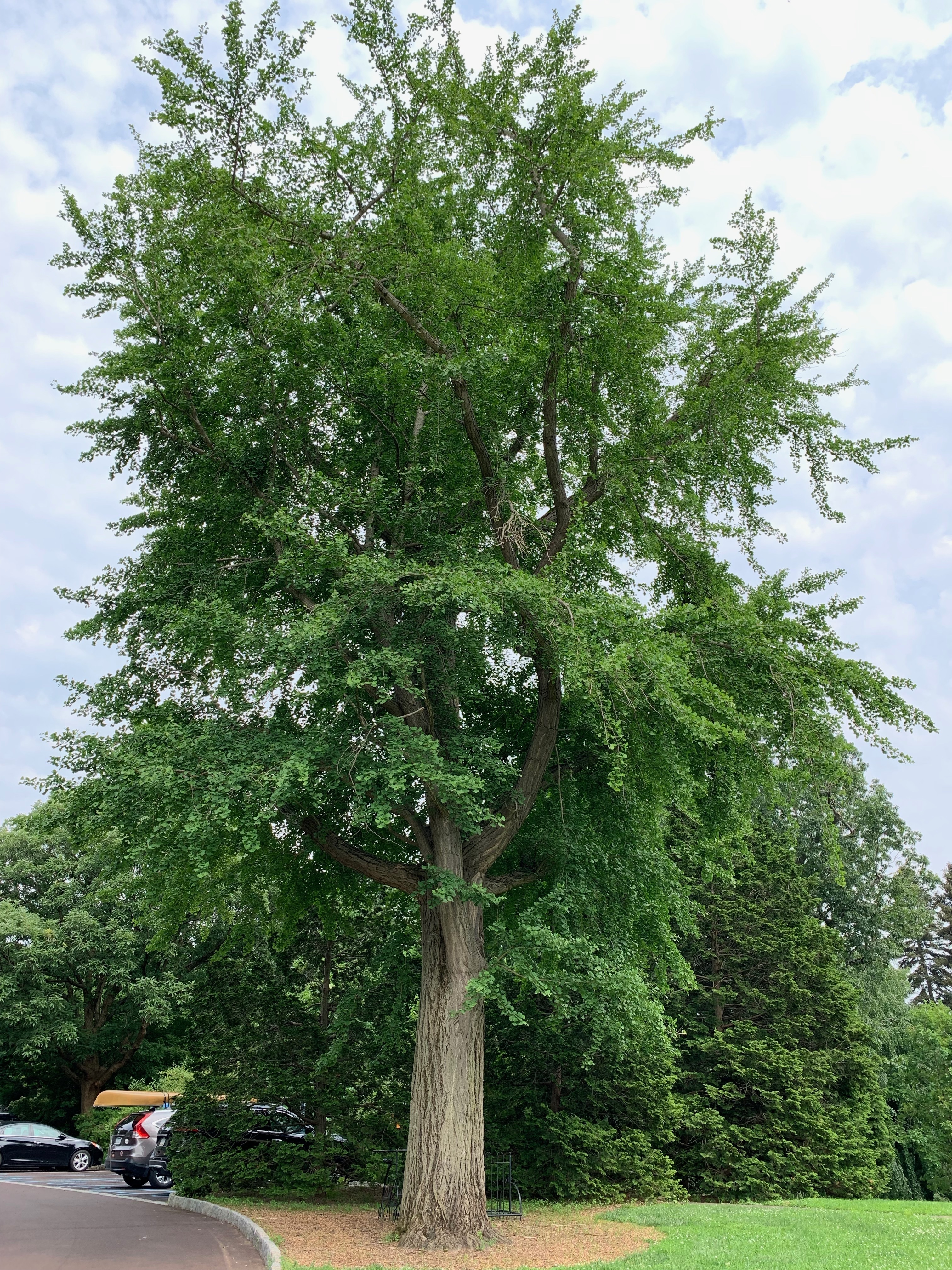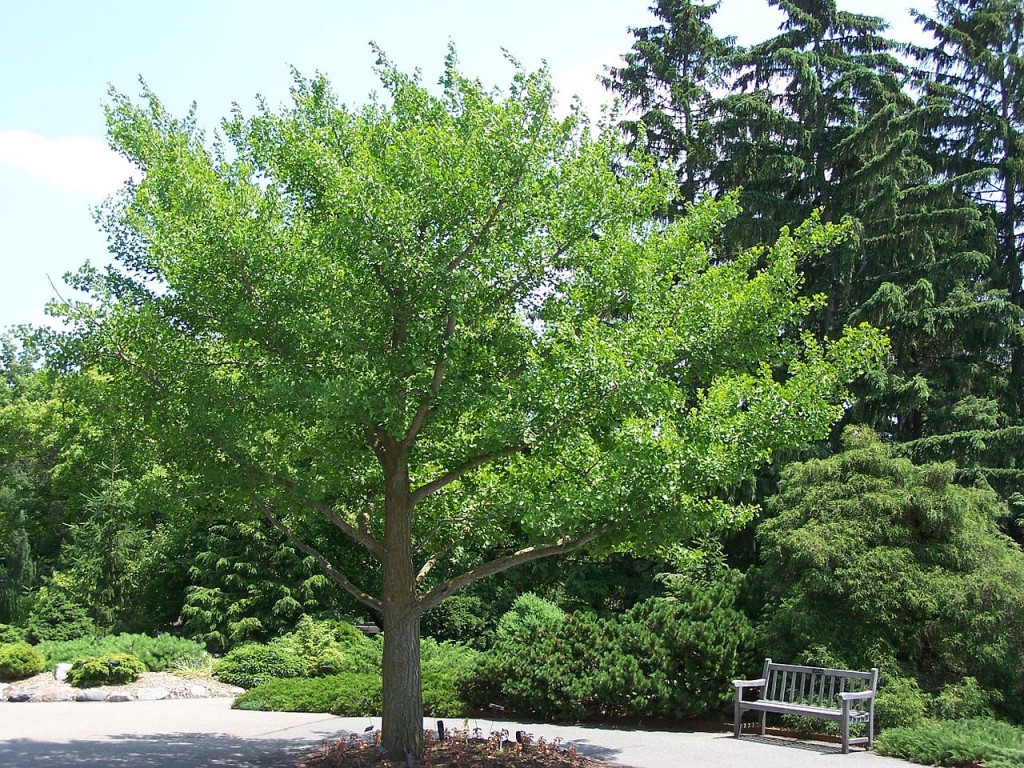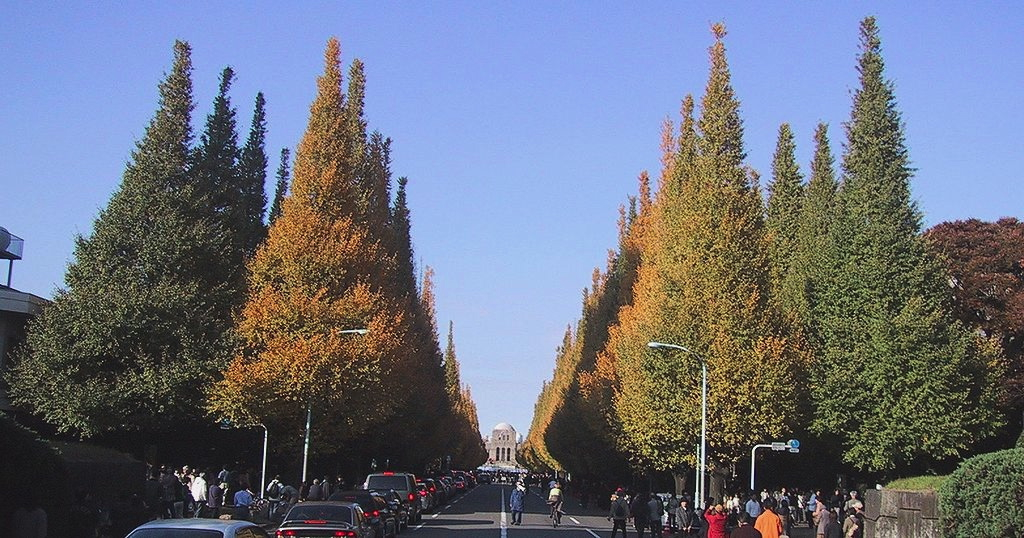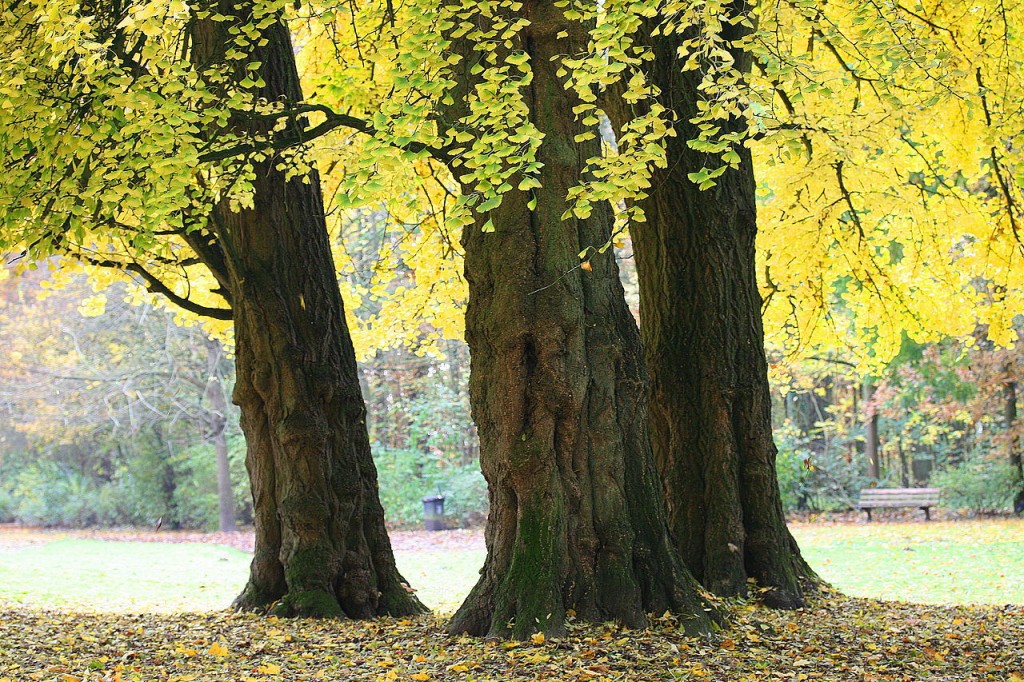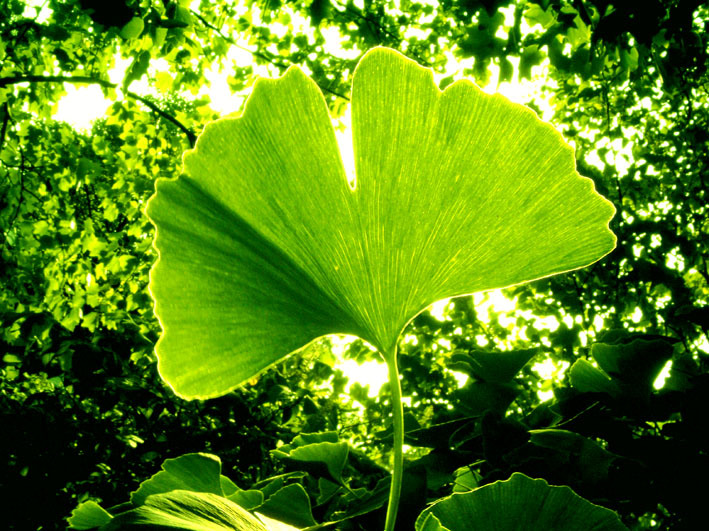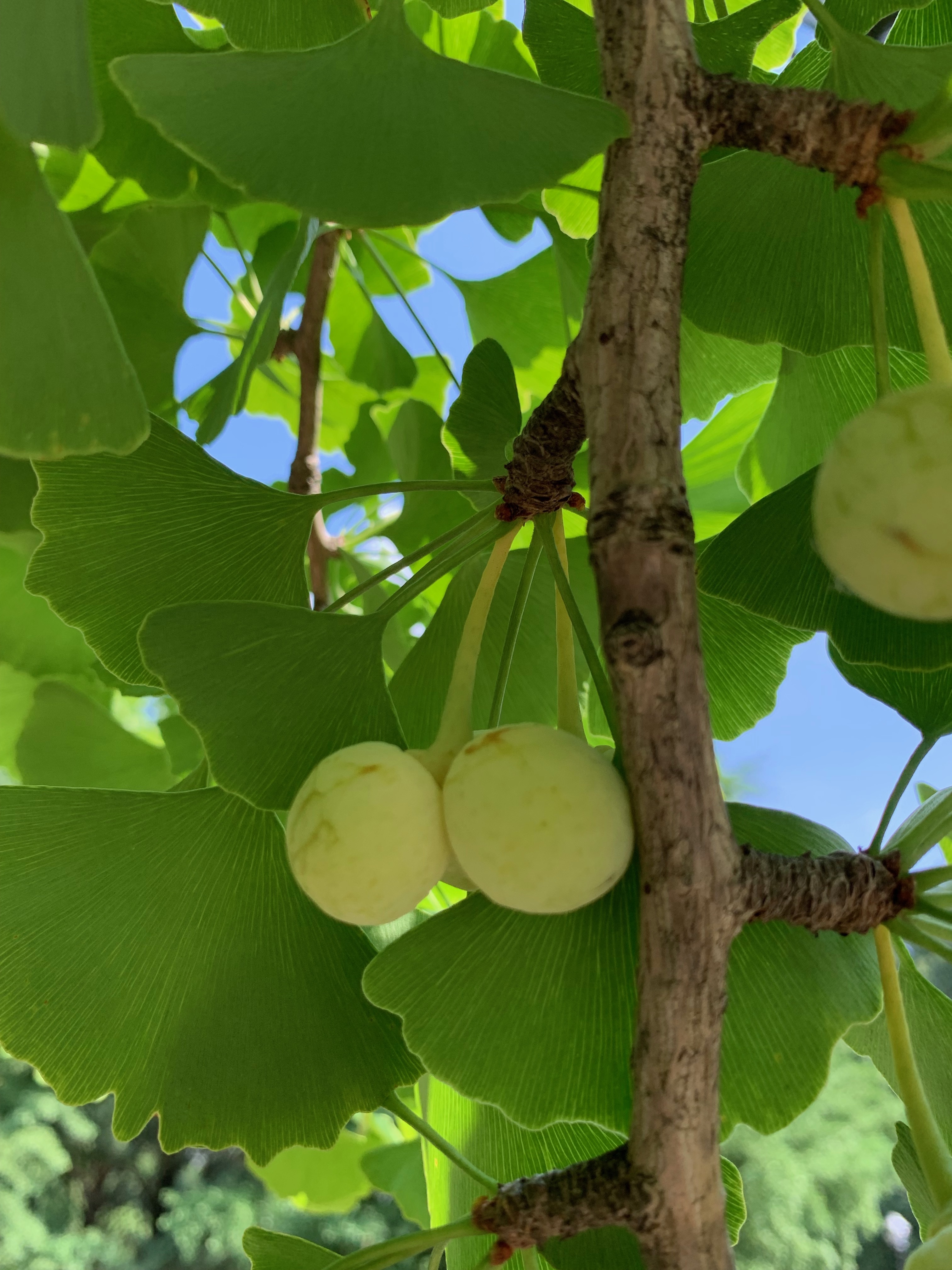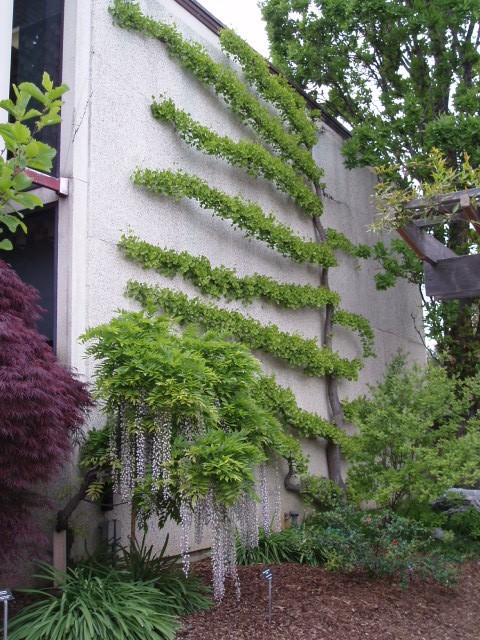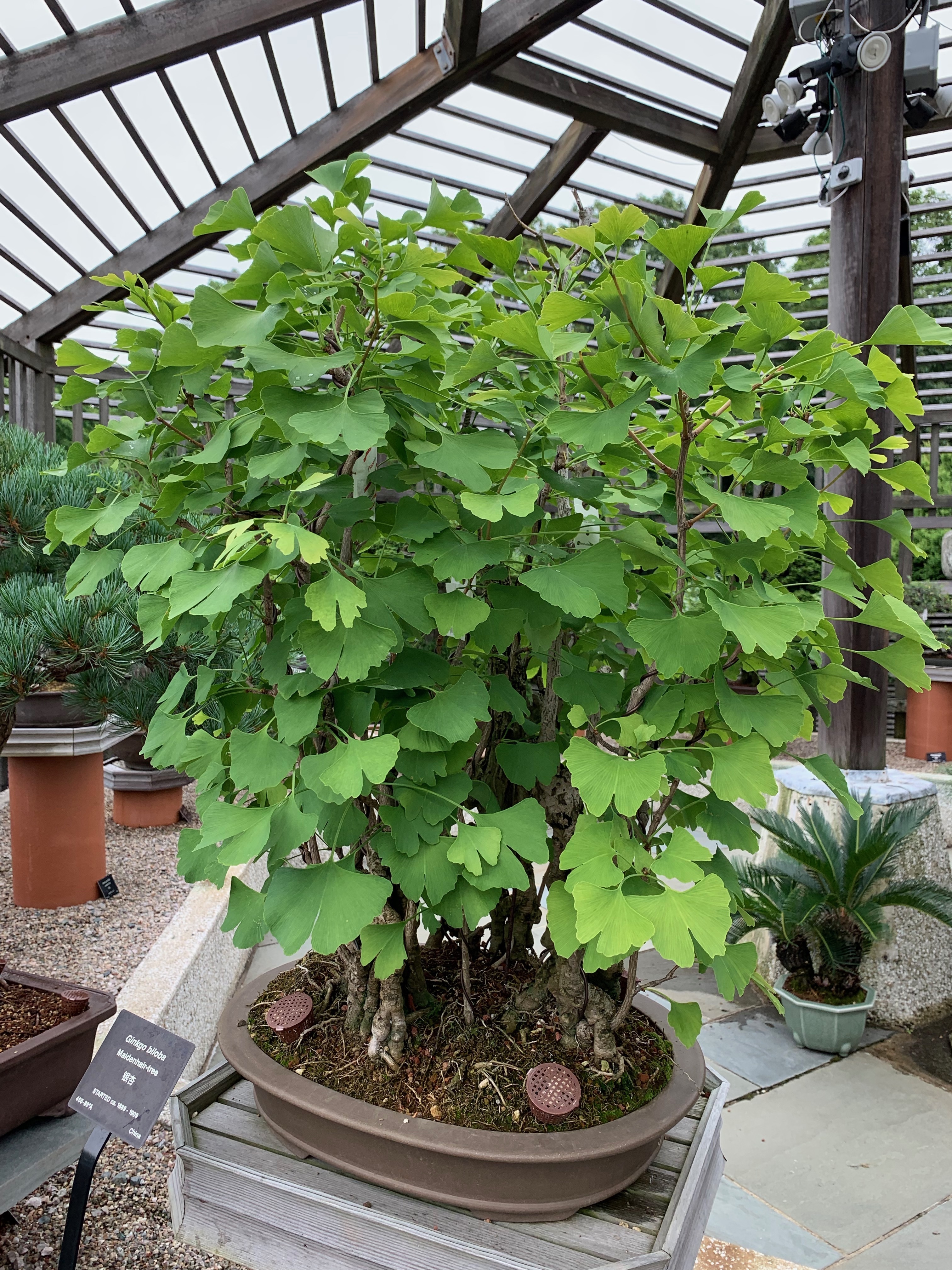The origins of the Ginkgo has been estimated by scientists to be nearly 300 million years ago. Imagine that the predecessors of the Ginkgo existed on earth before dinosaurs lived. We are sure that there were several different types of Ginkgo because Ginkgo leaf fossils have been found dating approximately 150 million years ago! Ginkgo has been found in Southeast Asia to have existed before the Ice Age.
In 1750, the German doctor Engelbert Kampfer, by order of the Dutch South East Asia Company of China, brought Ginkgo back to Europe through the Netherlands.
Ginkgo may grow extremely slow for several years after planting, but will then pick up and grow at a rapid rate, particularly if it receives an adequate supply of water and some fertilizer. But do not over water or plant in a poorly-drained area. Get grass away from several feet around the trunk to help the tree become established. Very tolerant of urban soils and pollution, Ginkgo could be used more in USDA hardiness zone 7 but is not recommended in central and southern Texas or Oklahoma due to summer heat. Adapted for use as a street tree, even in confined soil spaces. Some early pruning to form one central leader is essential.
See the Ginkgo genus page for more info.
